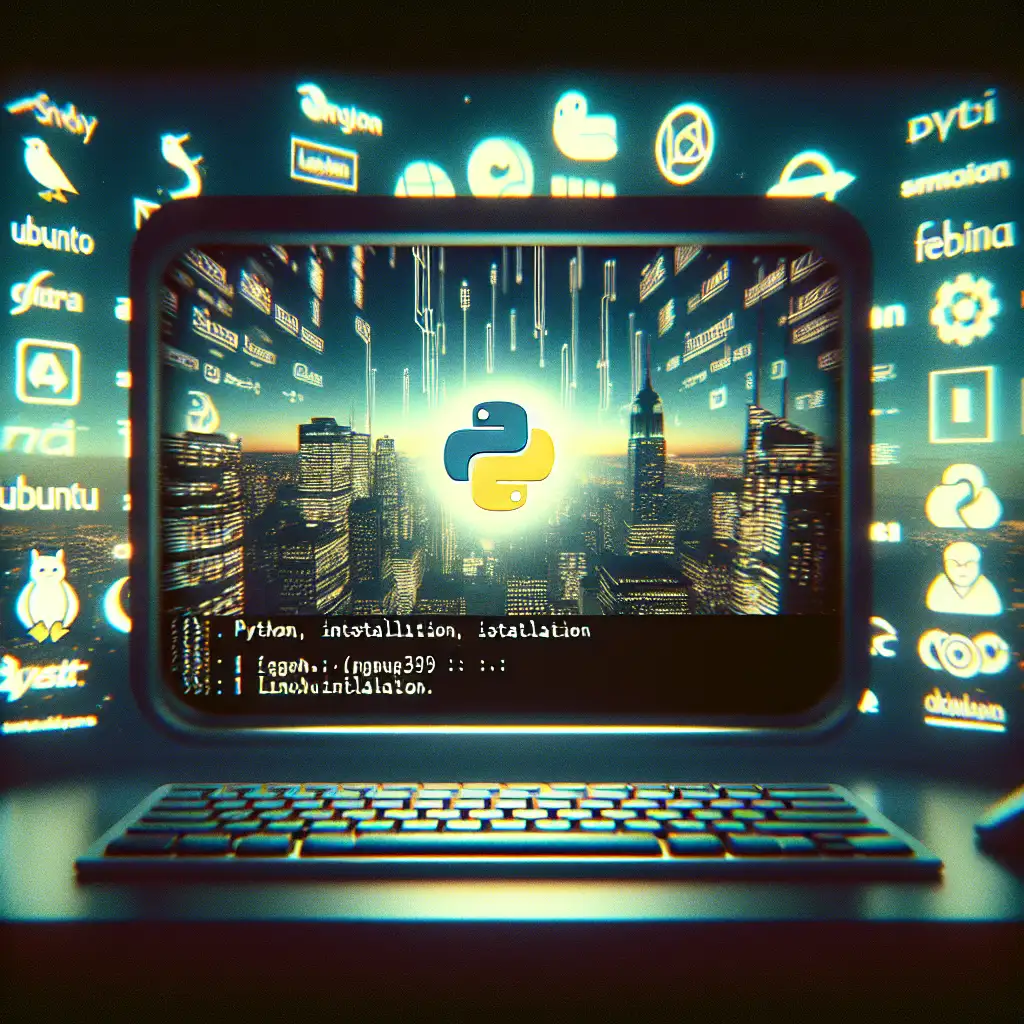Python on Linux: Installation Methods for Real-World Projects
Modern Linux environments often ship with Python pre-installed. Yet for any workflow beyond basic scripting—especially when juggling multiple applications or CI/CD pipelines—the default system Python isn’t just limiting, it can be a liability.
Here’s how to control your runtime, sidestep upstream version lags, and avoid the classic “system tools broken by Python upgrade” pitfall. This is what experienced devs do when project requirements inevitably diverge from the distro’s defaults.
System Python: Asset or Hidden Trap?
System Python emerges from package repositories primarily to support distro utilities (yum, dnf, apt). Tinkering with it often leads to unstable or broken desktops—apt, for instance, depends on specific Python versions. Here’s an illustrative error I encountered on an Ubuntu 20.04 VM after an aggressive upgrade:
Traceback (most recent call last):
File "/usr/bin/lsb_release", line 25, in <module>
import lsb_release
ModuleNotFoundError: No module named 'lsb_release'
Key takeaway: Never overwrite or remove your distro’s default Python binary—leave /usr/bin/python3 alone. For actual software development, use one of these approaches:
Approach 1: Install via Package Manager
When to use: Tight deadlines, minimal setup overhead, or when distributing scripts in homogeneous environments.
Ubuntu/Debian
sudo apt update
sudo apt install python3.10 python3.10-venv python3-pip
python3.10 --version
- Note: Actual available versions depend on your release. On Ubuntu 22.04,
python3.10is default. For older distros, usedeadsnakesPPA or similar.
RHEL/Fedora
sudo dnf install python3.10 python3-pip
python3.10 --version
- Fedora modules allow parallel install of different Python stacks (try
sudo dnf module list python).
Warning: Installing a new minor version (e.g., 3.11 alongside 3.10) may introduce parallel interpreters but doesn’t guarantee isolated environments. Overlapping site-packages is common.
Tip
Immediately set up a local environment:
python3.10 -m venv ./venv
source ./venv/bin/activate
This prevents polluting system site-packages—essential with legacy apps or CI runners.
Approach 2: pyenv — Multi-Version Isolation
Serious development? Use pyenv. It builds and maintains arbitrary Python versions in user space (~/.pyenv). No root needed, no collisions with /usr/bin. Version switching is one command.
Installation (Partial, for Ubuntu 22.04/20.04):
sudo apt update && sudo apt install -y build-essential libssl-dev zlib1g-dev \
libbz2-dev libreadline-dev libsqlite3-dev wget curl llvm \
libncurses5-dev xz-utils tk-dev libffi-dev liblzma-dev git
curl https://pyenv.run | bash
echo -e '\nexport PATH="$HOME/.pyenv/bin:$PATH"\neval "$(pyenv init --path)"\neval "$(pyenv virtualenv-init -)"' >> ~/.bashrc
exec $SHELL
- Known issue: Missing build dependencies cause opaque failures deep in compilation logs.
Usage Example
Install and select Python 3.11.2 just for one project:
pyenv install 3.11.2
cd ~/work/project-x
pyenv local 3.11.2
python --version # → Python 3.11.2
- Side note: For compiled modules, differing OpenSSL or zlib versions may cause obscure import errors (
ImportError: libssl.so.1.1: cannot open shared object file).
Why pyenv?
- Project-specific interpreter selection via
.python-version. - No interference with system Python.
- Per-user virtual environments with
pyenv virtualenv.
Approach 3: Compile From Source — For Ultimate Precision
When package maintainers lag months behind upstream, or when project build flags demand absolute control (--enable-optimizations, LTO support), build Python yourself.
Workhorse Script:
PY_VER=3.11.2
curl -O https://www.python.org/ftp/python/$PY_VER/Python-$PY_VER.tgz
tar xf Python-$PY_VER.tgz
cd Python-$PY_VER
# Install required libraries (Debian/Ubuntu shown)
sudo apt install -y build-essential libssl-dev zlib1g-dev \
libbz2-dev libreadline-dev libsqlite3-dev \
libncurses5-dev xz-utils tk-dev libffi-dev liblzma-dev uuid-dev
./configure --prefix=$HOME/.local/python-$PY_VER --enable-optimizations
make -j$(nproc)
make install
Add to PATH:
echo 'export PATH="$HOME/.local/python-3.11.2/bin:$PATH"' >> ~/.bashrc
source ~/.bashrc
python3.11 --version
Trade-off: You must update or rebuild manually for security patches. This method leaves no package manager record—good for stability, risky for compliance.
Practical Gotcha
If LD_LIBRARY_PATH isn’t set and you enabled non-standard build options, dynamic linking can break at runtime:
error while loading shared libraries: libpython3.11.so.1.0: cannot open shared object file
Summary Table
| Method | Use-case | Key Benefits | Key Drawbacks |
|---|---|---|---|
| System Package Manager | Quick install, conservative ops | Ease, system integration | Outdated, fragile on upgrades |
| pyenv | Multi-project dev, per-user needs | Fast switching, no root | Extra tooling, some quirks |
| Build from Source | Custom builds, bleeding edge | Total control, reproducible | Manual upgrades, less support |
Routine Practices & Non-Obvious Tips
- Always use virtual environments (venv, virtualenv) with any non-system Python.
- Automate interpreter switching in your shell prompt—look into pyenv’s shell hooks.
- For reproducible builds (e.g., Docker), stick to source compilation plus explicit config flags.
Note: On production servers, pin both the Python interpreter and packages—builds can differ subtly between machines.
No method is perfect—choose what survives your tooling, deployment, and upgrade requirements. In CI or containerized workflows, prefer pinned, source-built interpreters; for local dev, pyenv is nearly always the path of least headaches.
For advanced environment management or questions about distroless deployment, reach out or request a detailed follow-up.
